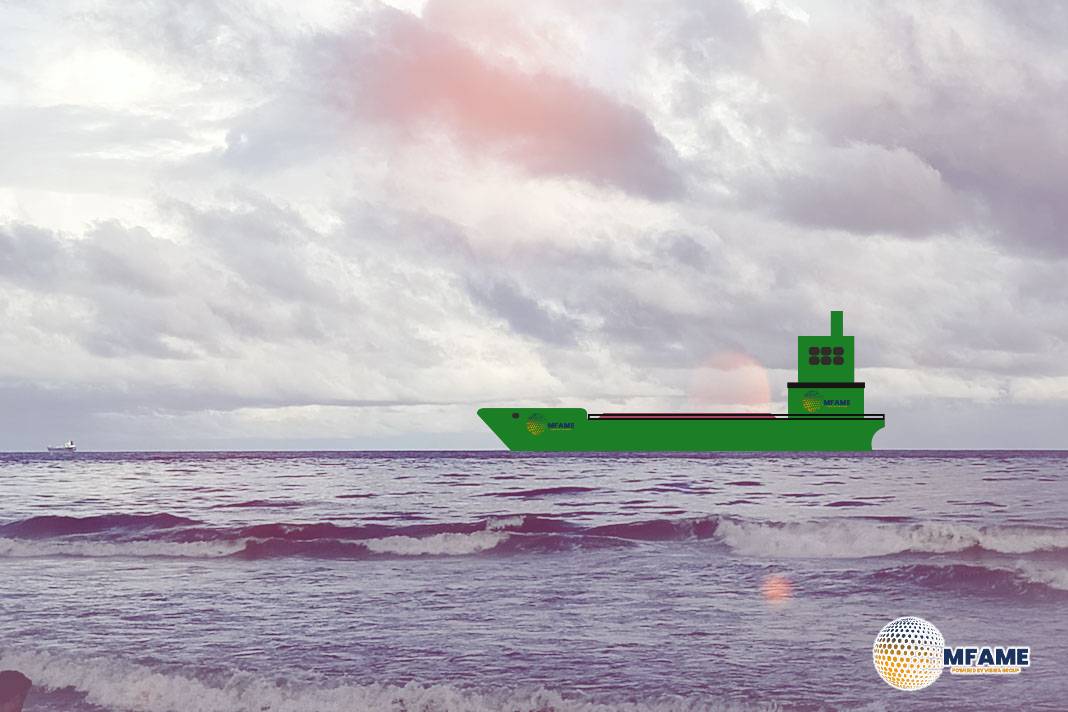- All Major and Non-Major Ports Required to Station Emergency-Ready Tug.
- 90-Day Deadline for Compliance and Emergency Tug Deployment Plans.
- Certified Crew and Specialised Training Made Mandatory.
The Directorate General of Shipping (DGS) has instructed all major Indian ports to have at least one sea-going emergency tug, equipped with towing and firefighting capabilities. This move comes in response to increasing maritime risks and the limited resources available nationally. Currently, there are only two national-level Emergency Towing Vessels (ETVs) based in Mumbai and Chennai, underscoring the pressing need for a more distributed emergency response capability, reports Safety4Sea.
Mandatory Tug Deployment Requirements
According to the Merchant Shipping Act 2025, every Indian port, whether major or minor, public or private, that handles 10 million metric tons (MMT) or more of cargo each year, or has three or more tugs with a 45 MT bollard pull, must designate at least one sea-going tug for emergencies. These tugs are required to:
- Be certified for operations along the Indian coast.
- Be on standby for fire, towing, or machinery emergencies at all times.
- Have a trained and certified crew, along with an Emergency Tug Deployment Plan (ETDP) that is part of the Port Disaster Management Plan.
Ports need to ensure that the designated tug is operational within 90 days of receiving the notice and must submit a complete compliance report to the DGS.
Manning and Training Standards
The designated tugs must be staffed according to the Indian coastal manning scale. Ports are also required to have pre-arranged plans for crew augmentation to ensure they can meet the necessary manning levels within 12 hours of an emergency. Crew members should receive hands-on training for dealing with adverse weather and emergencies, with assistance from port pilots when needed.
First Response Role, Not Salvage
These tugs are intended to act as first responders, providing immediate stabilisation for a period of 3 to 5 days until specialised resources can arrive. They are not meant to replace ocean-going salvage vessels, but they play a vital role in supporting the Indian Coast Guard and Navy during emergencies.
Cost, Insurance, and Financial Provisions
The shipowner or the insurer of the affected vessel is responsible for covering the deployment expenses. Ports have the authority to set reasonable tariffs for these services, and any disputes will be directed to the DGS. All tugs need to have valid insurance for emergency operations, and ports must ensure compliance with this requirement, updating their tender terms within nine months. If a tug is deployed as an Emergency Towing Vessel (ETV), the charter hire will take care of any extra costs, and the tug won’t be considered off-hire during the operation.
Verification and Compliance Monitoring
The DGS will keep an eye on the implementation through annual ISPS audits and NSPC inspections. Ports should remember that this is a fundamental safety obligation, not just a box to check. This initiative is part of India’s maritime modernisation strategy, aiming to create a safer and more resilient coastal emergency network that aligns with international best practices.
Did you subscribe to our daily Newsletter?
It’s Free Click here to Subscribe!
Source: Safety4Sea

















